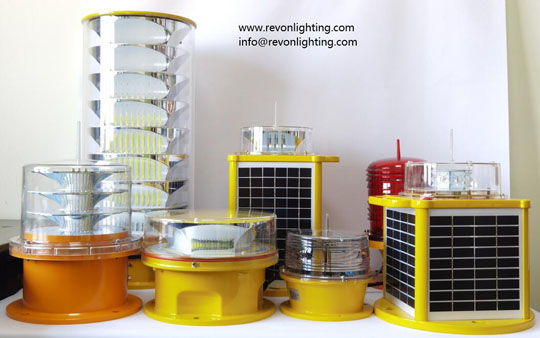The Federal Aviation Administration (FAA) plays a crucial role in ensuring the safety of air travel. One key aspect of aviation safety is the proper marking and lighting of obstructions. In this article, we delve into the importance of FAA obstruction marking and lighting, its guidelines, and how it contributes to safe airspace navigation.
What are FAA obstruction marking and lighting?
FAA obstruction marking and lighting refer to the methods employed to make structures or objects more visible to pilots, especially during low-light conditions or adverse weather. These measures help pilots identify potential hazards and navigate safely around them.
Importance of FAA obstruction marking and lighting:
Enhancing visibility: Obstruction markings and lighting make structures such as buildings, towers, and wind turbines more conspicuous to pilots, allowing them to see and avoid potential obstacles when flying.
Preventing collisions: Properly marked and lit obstructions reduce the risk of aircraft collision by providing clear visual cues and allowing pilots to maintain a safe distance from hazards.
Ensuring night-time safety: FAA guidelines require obstructions taller than 200 feet to be equipped with lighting systems that comply with specific intensity, color, and flashing patterns. This ensures visibility during nighttime operations.
FAA obstruction marking and lighting guidelines:
Painting and marking: Structures over a certain height must be painted or marked with bright colors, contrasting with the background, to enhance their visibility during daylight hours.
Lighting systems: Obstructions exceeding certain heights are required to have lighting systems installed. These systems typically include red or white beacons, strobe lights, or steady-burning lights, depending on the structure's type and location.
Compliance with regulations: It is essential for property owners and operators of tall structures to adhere to FAA regulations regarding obstruction marking and lighting. Failure to comply can result in penalties and compromise the safety of airspace users.

Advancements in obstruction marking and lighting technology:
LED lighting: Light-emitting diode (LED) lights have become increasingly popular due to their energy efficiency, longer lifespan, and improved visibility.
| FAA obstruction marking and lighting | FAA obstruction marking and lighting |
Remote monitoring: Some lighting systems can be remotely monitored, allowing for real-time status updates, fault detection, and timely maintenance, ensuring consistent functionality.